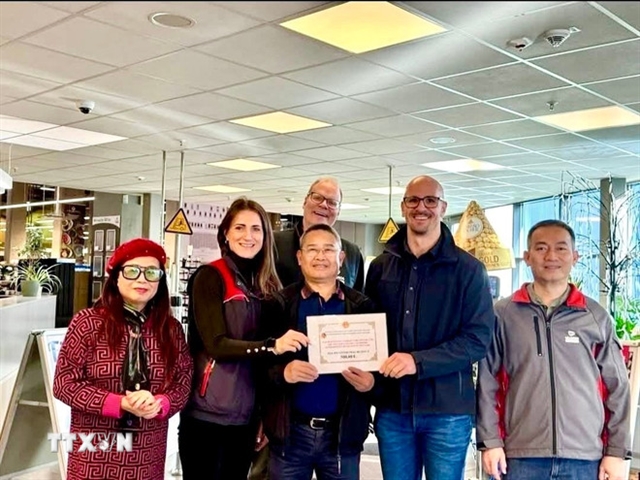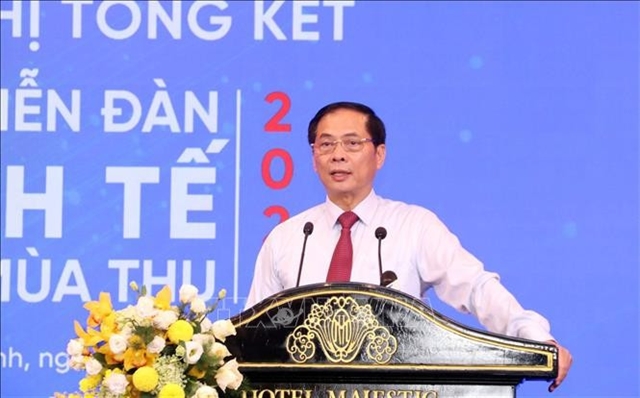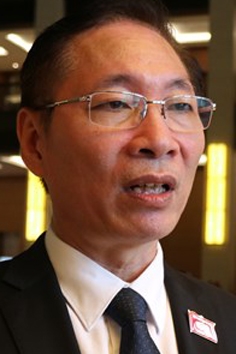 Opinion
Opinion

Lawyer Nguyễn Văn Chiến, Vice Chairman of the Việt Nam Lawyers’ Association, reiterates the Government’s resolve to uphold the law on environmental protection, particularly following the serious pollution incident that killed masses of fish in the four central provinces.
 |
| Lawyer Nguyễn Văn Chiến. |
Lawyer Nguyễn Văn Chiến, Vice Chairman of the Việt Nam Lawyers’ Association, reiterates the Government’s resolve to uphold the law on environmental protection, particularly following the serious pollution incident that killed masses of fish in the four central provinces. In an article to the online baodientu.chinhphu.vn, he asserts that there is no such a loophole in the Law on Enviornmental Protection.
I want to declare that there is no loophole in the environmental protection law.
The responsibility of project owners and of the agency that ratifies the environmental impacts assessment (EIA) is clearly spelled out in the Law on Environmental Protection.
Article 27 clearly details the responsibilities of project owners before the project’s official commencement.
Article 28 also states clearly the responsibility of the Ministry of Natural Resources and Environment (MONRE) that approves the project’s EIA.
In other words, all necessary legal obligations are well expressed in the law. There is no loop hole in the law nor in the management mechanism.
However, referring to the question what the MONRE could have done to prevent the serious accident (of illegal waster water discharged by the Formosa plant), the MONRE will have to review the case and draw lessons from it.
As the People’s Representative in the National Assembly, we’ll forward the voters’ opinion to the MONRE Minister and then the ball will be in the Minister’s court.
Who takes responsibility?
As I have mentioned above, everything is written in the Law on Environmental Protection, particularly Decision 25/2014/QĐ-TTg of March 25, 2014. But the missing part in the jigsaw puzzle is the lack of responsibility of people who are in charge of the matter. In this case, it is the Việt Nam Environment Administration (VEA).
Under the law, the VEA has to monitor activities of the project right from the stage of construction and trial period. This is well written in point D, clause 8 of Article 2.
For the recent Formosa incident, it is important to review, consider and assess the project owner’s responsibility in the trial run period to see if they followed what is written in the Article 27 of the environmental law. Meanwhile, we’ll have to review to see if the VEA had followed what is written in Article 28 of the law and Decision 25 of the Prime Minister on March 25, 2014.
The Formosa incident is a costly lesson for Việt Nam in the cause of economic development.
In reality, in a big project, the trial period is a very important stage so it must be monitored carefully by responsible agencies. Environmental consequences cannot be measured in terms of compensation money, nor can they compensate for the tranquility and vitality of the Vietnamese nation.
In my opinion, to have a satisfactory answer for the general public, functional agencies should continue their investigations to find out the main causes leading to the incident and suggest preventive measures. Justice must be done. — VNS




